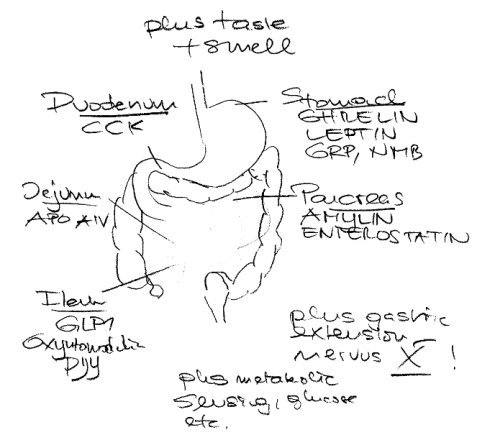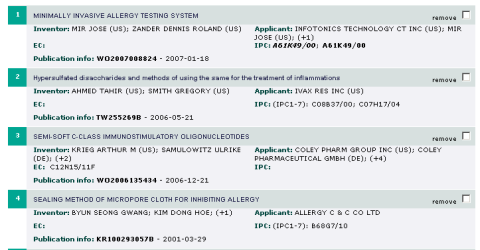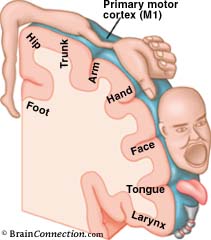This was posted at the door of Max Delbrück (1906-2006) in Pasadena – and quoted from the wonderful biography of E.P. Fischer his last Ph.D. student.
/-/
“Licht und Leben” (or “light and life”) is a wonderful narrative that I really enjoyed, with a lot of informative figures and tables.
I wonder why this biography never appeared in English, why neither institutes in Berlin, Cologne or Constance (where Delbrück teached) are even linking to it. E.P. Fischers book tells the story about an interesting man dedicated to science – who learned physics and applied sound principles to biology. “Enter without knocking” does not have any special meaning (as E.P. Fischer confirmed me) it was simply a rough-running door. Besides the biographical sketch and the detailed description of phages and phycomyces (p15) there are many moments in time that I really liked very much.
/-/
Hershey (with whom he shared the Nobel in 1969) should give a lecture and asked about the background of the audience. Max Delbrück answered by a postcard 6/1/1943: think of “complete ignorance and infinite intelligence” – the lecture became a success.
/-/
Delbrück always emphasized (p 148) that data should only be augmented by those who can put old data into new hypotheses. He even said “enough data” as thinking about current experiments is being as important as doing new ones. Both, thinking and doing experiments, should even be more important than publishing (his lifetime list has 115 items). Writing up results should serve as a method to connect what is currently known and what will be known. Delbrück even suggested to spend – “one day per week without pipettes”.
/-/
From an interview (p 240): “Genetic engeneering may possibly be a large thread for the future but possible also the biggest hope”.
/-/
Delbrück was a great admirer of Eliot, Rilke and of Beckett. Samuel Beckett in “Waiting for Godot” probably inspired “Licht und Leben” (p 260): “We give birth astride a grave, the light gleams an instant, then there is night once more.”
Addendum
Page 239 contains a mystery: In 1978 Delbrück gave a lecture at Caltech where he wanted to include a citation from Kierkegaard: “Wissen ist eine Sache der Einstellung, eine Leidenschaft, eigentlich eine unerlaubte Einstellung. Denn der Zwang zum Wissen ist wie Trunksucht, wie Liebesverlangen, wie Mordlust, in dem sie einen Charakter aus dem Gleichgewicht wirft. Es stimmt doch gar nicht, daß der Wissenschaftler hinter der Wahrheit her ist. Sie ist hinter ihm her. Er leidet unter ihr.” Delbrück, however, could not find the correct source, even announced to pay 50$ for it. I also looked at my library but couldn´t locate it – who knows the source?
CC-BY-NC Science Surf
accessed 29.11.2025


